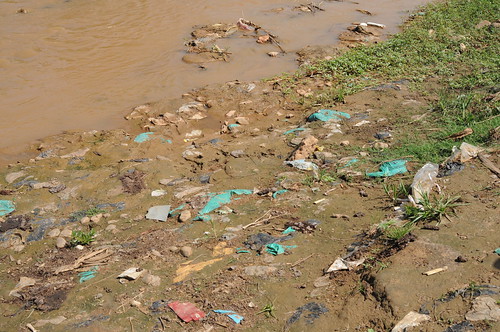When analyzing complex phenomena, such as the lack of access to proper water supply and sanitation that more than 2.1 billion people in this world face, we tend to isolate components of the problem, without regard for other compounding factors that also influence how policy decisions are constructed. Thus, we often find ourselves blinded by one sole policy goal without trying to map out the complex interrelationships that affect that particular phenomenon.
While I’m not a scholar of violence against women, I’m keenly aware of the fact that lack of access to proper sanitation facilities has a profound and disproportionately negative effect on women and girls. Not only do they need proper facilities during menstruation, but also to relieve themselves. Countries where open defecation rates are disproportionately high, such as India, often are also countries where violence against women is also high. But the linkages aren’t visible to everyone, all the time. Much of the work on sanitation, water and gender has focused on the distance that girls and women need to travel to fetch water, with lesser attention paid to issues of menstrual hygiene management and open defecation.
Situations like the one described in this article (trigger warning: violence against women) are not rare in countries where rates of open defecation are high.
The international charity Water Aid said around 300 million women and girls in India were still obliged to practise open defecation, exposing them to risk of harassment and assault. Lower caste women were especially at risk, it said.
When looking for a place to relieve themselves, girls and women often need to hide with the consequent heightened probability of being attacked.
Open defecation is said to cost about $260 billion globally. Maybe it is high time that we start investing money in building low-cost, highly-accessible toilets rather than skyscrapers.
Additional reading:
– A good briefing note by the charity Water Aid on the social dynamics of abandoning open defecation in Ghana.
– May 28th was just announced as Menstrual Hygiene Management Day. Read some good facts on MHM here.



0 Responses
Stay in touch with the conversation, subscribe to the RSS feed for comments on this post.